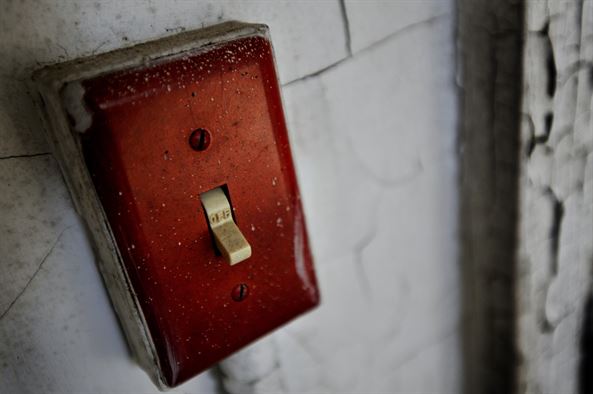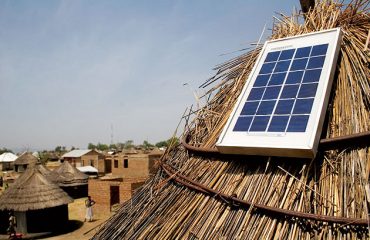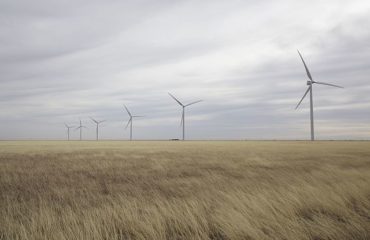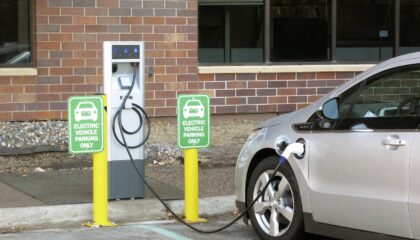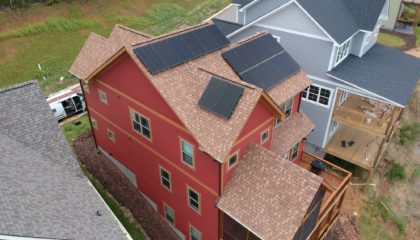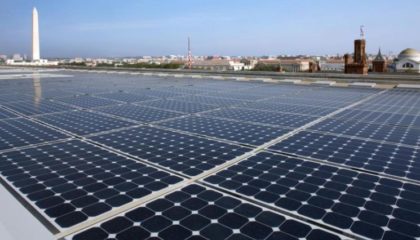California began a program using the app OhmConnect. The app notifies residents signed up for the program when to turn off and unplug everything consuming energy. Not only are residents helping grid operators manage a grid becoming more and more reliant on renewables, they get paid for it.
Why?
Most of the strategies for lowering fossil fuel use consist of replacing fossil fuels with another energy source. However, solutions also lie with consumers of energy. Lowering consumption decreases the amount of energy required of the energy plants.
Transferring a grid from fossil fuels to renewables lowers the reliability of the baseload. The baseload is the minimum amount of energy a power plant generates to provide for their customers. It is easy to maintain a baseload with fossil fuels. Just burn however much the area needs, increasing the amount of coal, natural gas, or petroleum consumed in times of greater demand like the evenings when people are coming home, turning on lights, and making dinner.
Dealing with baseload with a largely renewable grid can be managed in several different ways. One of the best ways is diversifying the grid with solar, wind, hydro, and other energy sources. The creation of the storage battery has also been a help, allowing energy to be produced and stored until needed rather than put on the grid constantly. Importing energy from another area could even be an answer. Finally, baseload problems could be solved by… lowering the baseload which is achieved by lowering consumption.
The best solution is using all tactics. A carbon-free grid will not come from one answer but from several.
How Does This Apply to NC?
North Carolina comes in second to California for solar energy production. As California proves a carbon-free grid is feasible, others will follow suit, and North Carolina could be prepared to follow in its footsteps.
Even with fossil fuels, there are limits to how much power plants can produce. Duke Energy already has a program in place for customers to get bill credits if they sign up for a program to not use their air conditioning during peak consumption times. It is not nearly as in depth as the Californian program is. However, Duke Energy’s program is based in the same principle. Customers can help save the Earth too.

